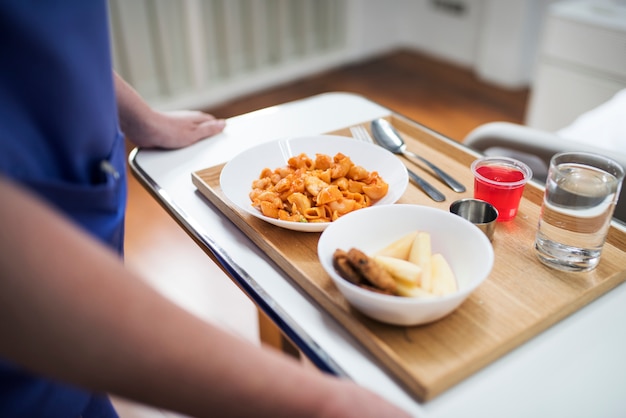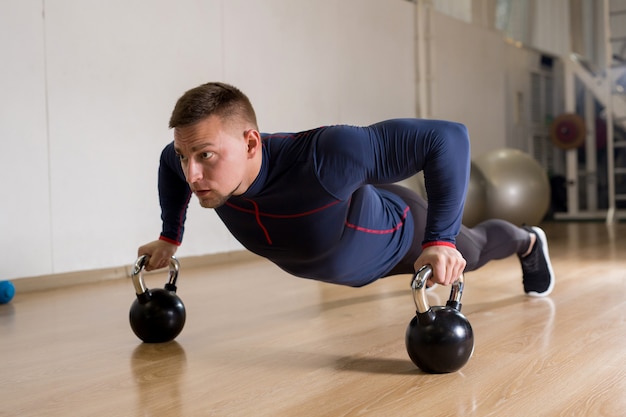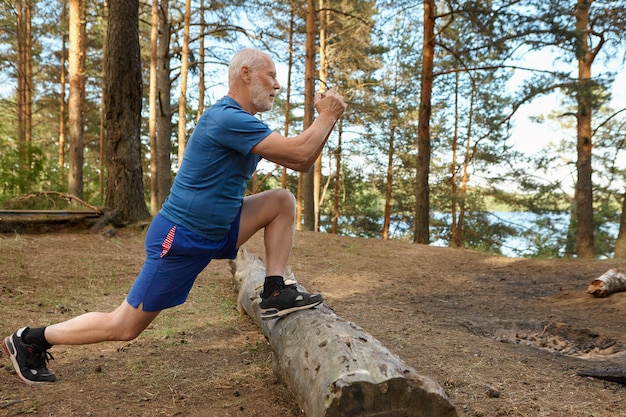Maintaining stable blood sugar levels is essential for energy, mood, and long-term health—especially for those managing insulin resistance, prediabetes, or type 2 diabetes. While diet plays a major role, exercise is a powerful ally. Enter Tabata: a form of high-intensity interval training (HIIT) that takes just four minutes per round but delivers lasting metabolic benefits.
This article explores 20 practical Tabata interval workouts you can do at home to help stabilize blood sugar, complete with tracking tips, motivation cues, and simple ways to stay consistent—no gym required.
Tabata training consists of 20 seconds of all-out effort followed by 10 seconds of rest, repeated for eight rounds (totaling 4 minutes). This short but intense format boosts insulin sensitivity, increases glucose uptake by muscles, and improves metabolic rate—even after the workout ends.
Studies show that just a few minutes of high-intensity exercise daily can significantly improve glycemic control. When done consistently, Tabata helps the body use insulin more efficiently, reducing blood sugar spikes and crashes.

Each of these movements can be performed in a Tabata format. Choose one exercise per round or create a circuit of 4–5 moves, doing one per 4-minute Tabata block.
Repeat any of these for 4-minute Tabata rounds. As you progress, combine 2–3 rounds with 1-minute rests in between for a full 15-minute session.
Tracking helps you stay accountable and see results. Consider these simple methods:
Consistency is key. Use these motivation boosters:
Always warm up for 3–5 minutes before starting. If you have joint issues or mobility limitations, modify exercises:
Consult your healthcare provider before starting any new exercise program, especially if you take insulin or medications that affect blood sugar.
Stabilizing blood sugar doesn’t require hours at the gym. With Tabata, just four intense minutes a day can make a measurable difference in insulin sensitivity, energy, and overall metabolic health. By incorporating these 20 simple, equipment-free exercises into your routine—and using tracking and motivation tools—you’ll build sustainable habits that support long-term wellness from home.
Start small, stay consistent, and celebrate every win. Your body will thank you.

Fitness

Fitness

Fitness

Fitness

Wellness

Health

Health

Fitness

Health

Fitness

Fitness

Fitness

Health

Fitness

Health

Health